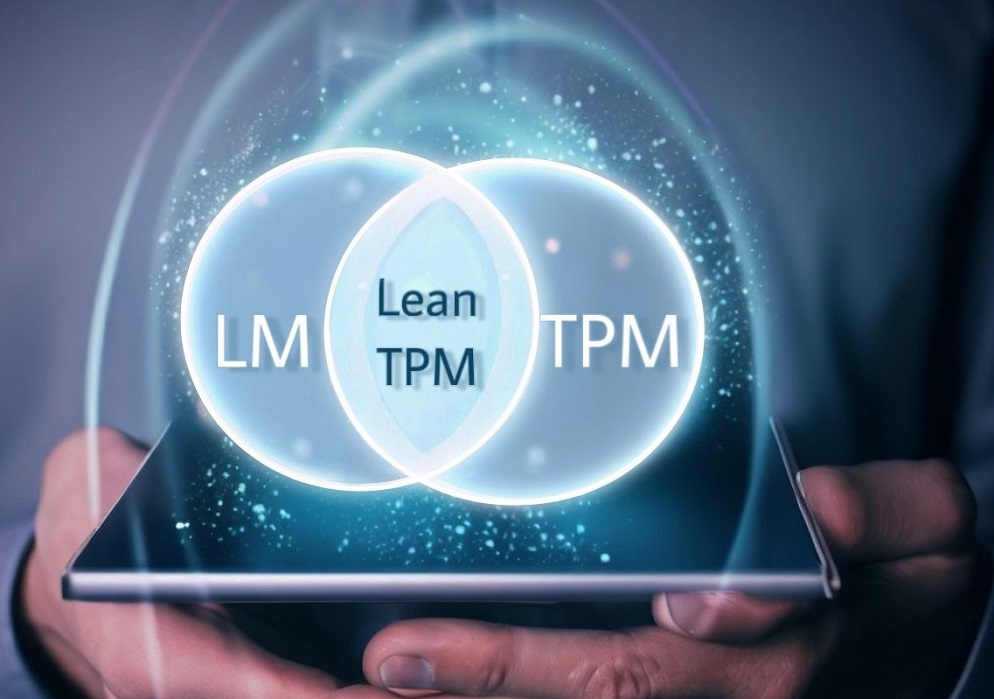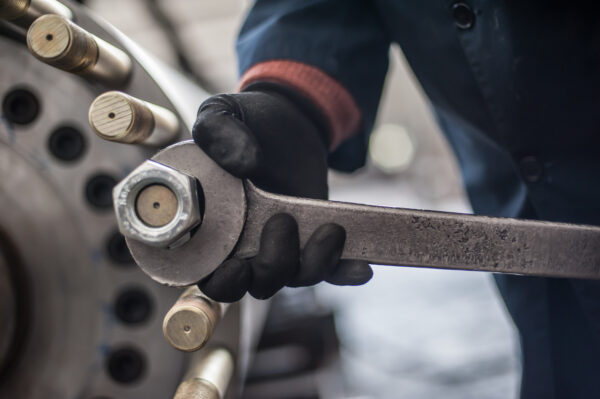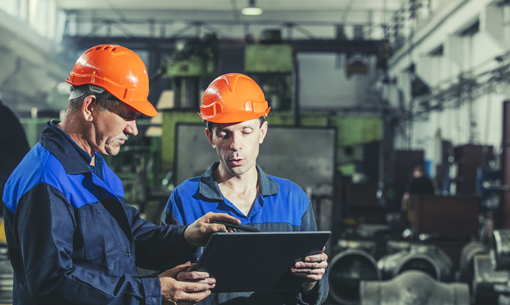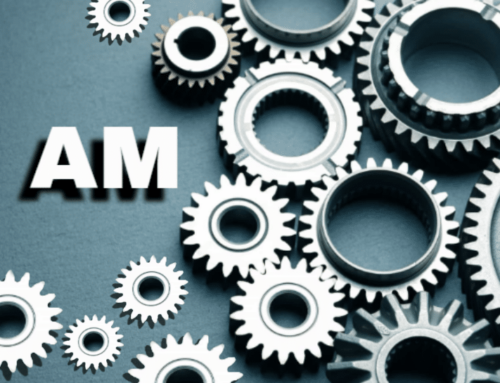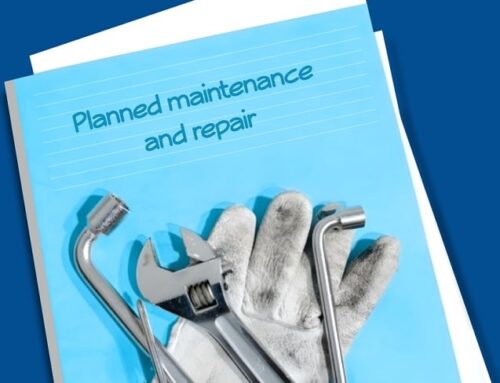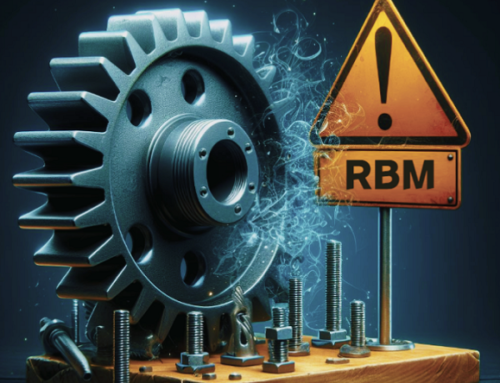Lean Total Productive maintenance and repair (Lean TPM)
Lean Total Productive maintenance and repair(Lean TPM) is an integrated approach to improve the efficiency of production equipment and processes, reduce waste, improve employee safety and increase the profitability of the organization. This approach is a combination of two approaches: lean maintenance and repairs(LM) and Total Productive maintenance and repairs(TPM).
In order to implement lean comprehensive maintenance and repairs, all production processes and equipment must be monitored first. Then the calculation of various wastages in production processes and equipment should be done. Waste may include equipment downtime, inappropriate raw materials and products, unnecessary production, etc.
This approach focuses on three main axes:
- Reduction of wastages: By identifying the wastages, measures should be taken to reduce them. For example, by reducing equipment downtime, equipment productivity increases. TPM techniques can be used to reduce equipment downtime.
- Improving the efficiency of equipment: as mentioned in detail in the TPM article, in TPM, equipment and production devices are regularly checked and preventive repairs are carried out. By implementing TPM, the goal is that the production equipment is in an optimal state and performs better, and as a result, the risks related to equipment failure and unplanned shutdowns are reduced.
- Training of employees: In the maintenance and repairs of inclusive lean, attention is paid to the training of employees for the implementation of TPM and the principles of Lean Maintenance. These trainings can increase employee awareness and improve cooperation and coordination among team members.
-
The goal of clean, efficient maintenance and repairs:
The goal of lean comprehensive productive maintenance and repairs is that all production processes and equipment operate at minimum cost and with maximum efficiency. This approach increases the quality of products and reduces production costs. Also, by implementing Lean TPM, it is possible to ensure improved employee safety and reduce risks related to working with production devices and equipment.
-
Benefits of Lean TPM:
- Improving the efficiency and productivity of production equipment and processes: By reducing waste and improving the performance of production equipment and devices, efficiency and productivity are improved.
- Increased profitability: When efficiency and productivity are improved, production costs are reduced and as a result more profitability is obtained.
- Reduction of maintenance and repair costs: By implementing TPM and preventing breakdowns and unplanned shutdowns, maintenance and repair costs are reduced.
- Reduction of wastages: By identifying and reducing various wastages, more productivity and efficiency is obtained.
- Improving employee safety: By reducing the risks associated with working with production devices and equipment, employee safety is improved.
- Increasing employee awareness: By training employees, their awareness increases and cooperation and coordination among team members improves.
- Optimal management of other processes: By implementing this approach, optimal management of other processes is also possible and improvement in employee efficiency and management of production processes is achieved.
-
Disadvantages of Lean TPM:
- Need for time and resources: To implement lean and efficient maintenance and repairs, time and resources are needed.
- Need for training and awareness: To implement TPM and Lean Maintenance principles, there is a need for training and awareness of employees and managers.(We suggest that you read our two articles on Lean Maintenance and Repairs(LM) and Total Productive maintenance and repairs(TPM) for more information.)
- Difficulty in implementation: The implementation of this approach may be difficult due to the complexity and large number of principles and techniques required.
- Inefficiency: This approach may not be efficient in some industries and situations.
-
Aspects of maintenance and repairs, inclusive and lean:
- Selection and prioritization of equipment: In this approach, equipment that is important for operation and has a greater impact on performance and productivity are selected and prioritized. This selection is based on criteria such as importance, impact on processes and maintenance costs.
- Preventive repairs and failure prediction: In Lean TPM, preventive maintenance and repairs are carried out using methods such as failure analysis (Failure Mode and Effects Analysis). This method provides the possibility to identify the prediction of failures and take preventive measures to eliminate the real causes of failures.
- Reducing wastages and making repairs more effective: based on Lean principles, the focus is on reducing wastages and optimizing maintenance processes in lean comprehensive maintenance and repairs. This includes the use of methods such as SMED (Single Minute Exchange of Dies) to reduce the time of changing parts, the 5S grooming system to organize and clean the work environment, and perform quick and effective repairs.
- Empowerment and participation of employees and teams: Lean inclusive productive maintenance and repairs places great emphasis on the participation of employees and teams in the maintenance process. By creating a culture of cooperation, teaching the necessary skills to employees and forming multi-specialist teams, the productivity and performance of the equipment is improved.
- Improving the continuity of processes: It aims to improve the continuity and coordination between processes.
In general, lean comprehensive productive maintenance and repairs with many advantages and limited disadvantages as an integrated approach, using the principles of Total Productive Maintenance(TPM) and Lean Maintenance(LM) , improve the efficiency and productivity of production equipment and processes. With the aim of reducing wastages and increasing profitability, it ensures improved safety and reduced maintenance and repair costs, optimal management of other processes and employee training.
This approach is used in many industries such as automobile production, electronics, food, etc.. and helps factories and industrial companies to improve their efficiency and productivity and thus gain more profitability. For the successful implementation of this approach, there is a need for cooperation and coordination between all team members, raising the level of awareness and technical knowledge of employees and managers, and allocating the resources and time required for the implementation of TPM and LM.

